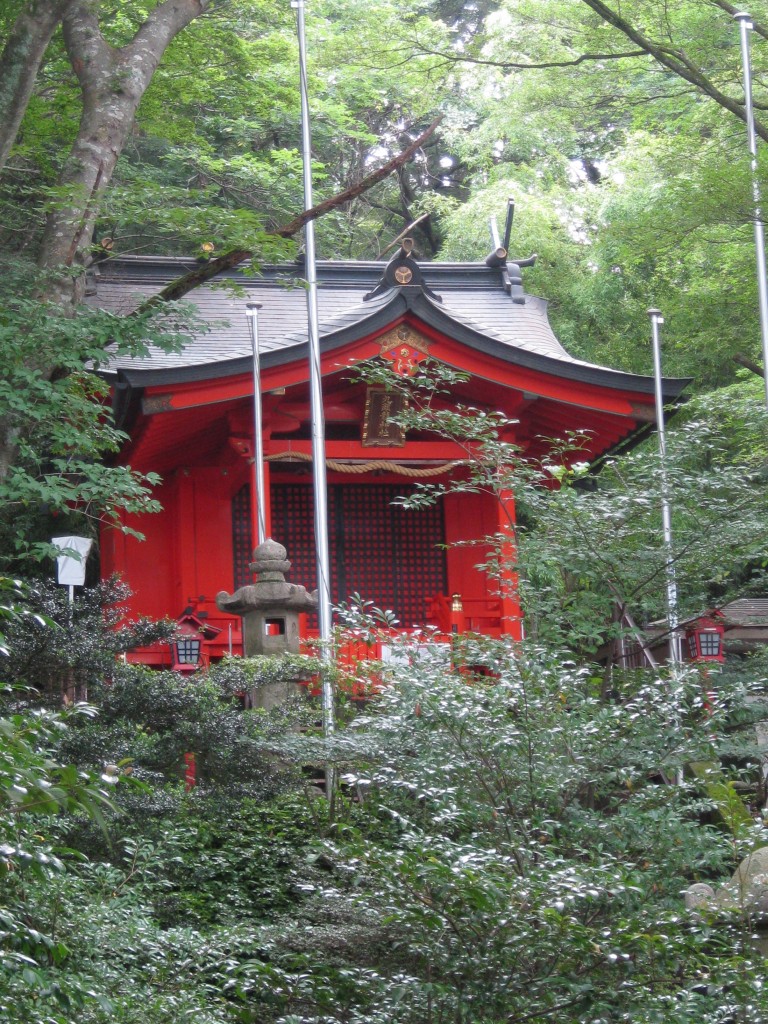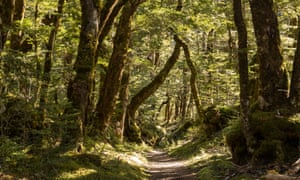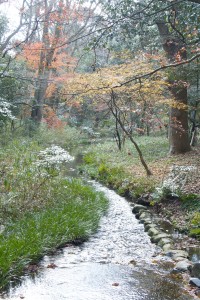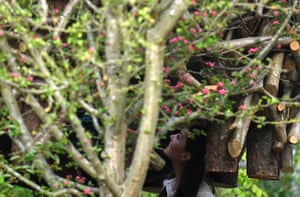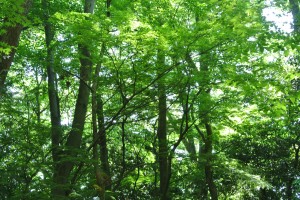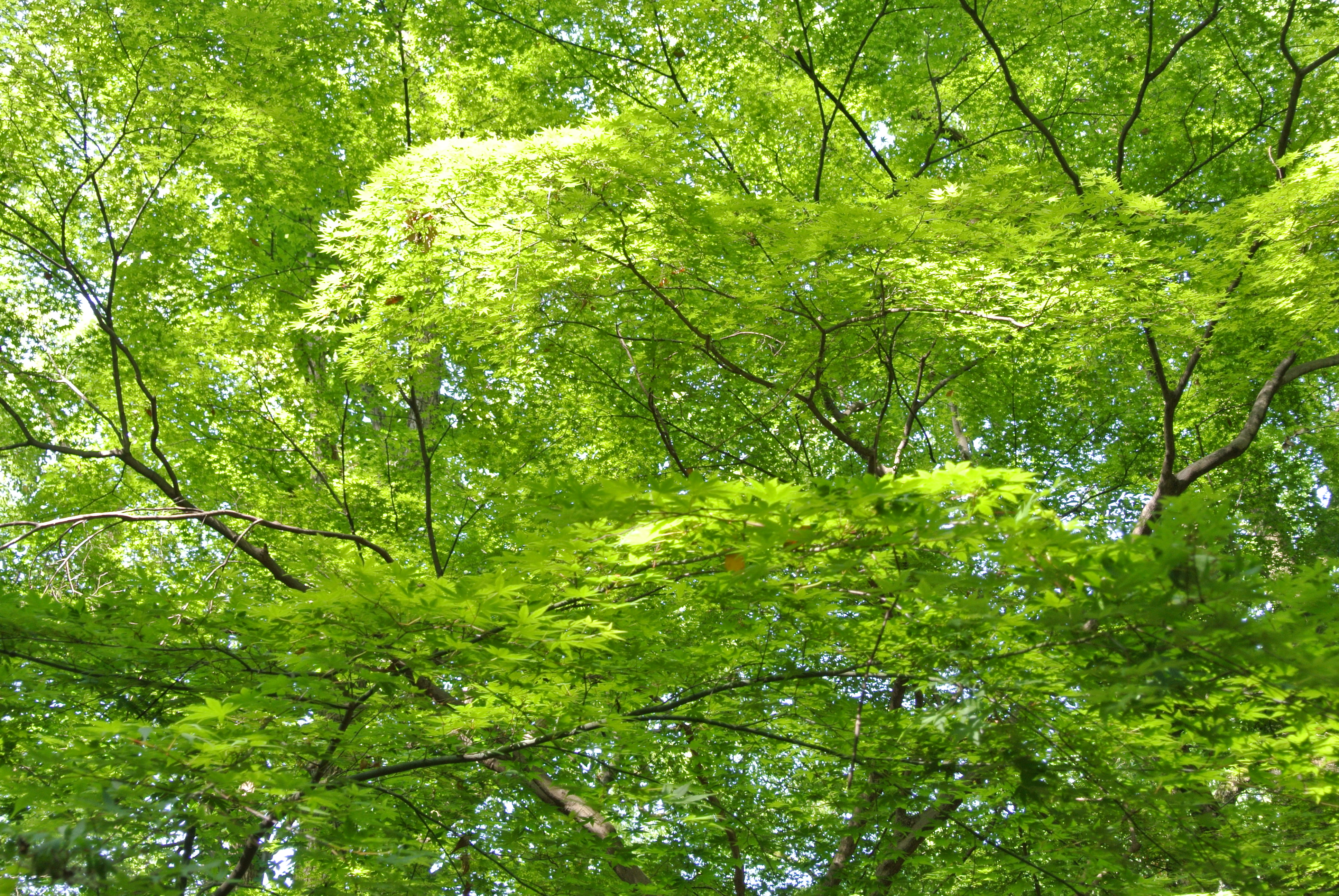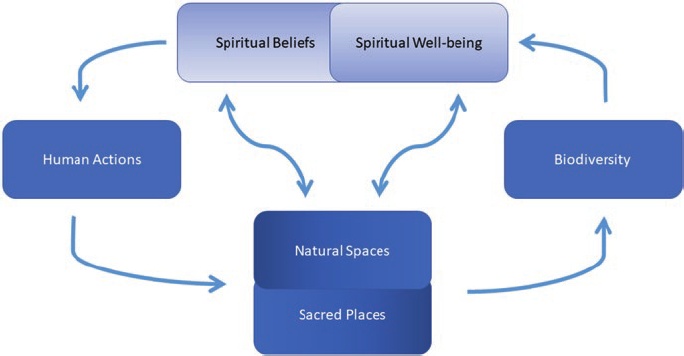 Biodiversity and Spiritual Well-being
Biodiversity and Spiritual Well-beingEthical prescriptions and community practices that can promote ecological conservation are also present in various ‘world religions’ and alternative spiritualities. Whether the divine is seen as transcendent or immanent, dualistic or monistic, the range of beliefs and practices described in this section demonstrate increasing concern for biodiversity and engagement in specific actions to preserve it.The Religions of the World and Ecology series from Harvard University Press illustrates the vitality of concern for ecological conservation within many ‘world religions’. The series includes volumes on Buddhism, Christianity, Confucianism, Daoism, Hinduism, Indigenous Traditions, Islam, Jainism and Judaism. Similarly, various ‘world religions’ alongside other spiritual orientations are included in several scholarly handbooks on religion and ecology (e.g. Jenkins et al. 2017), at least one of which includes a chapter on biodiversity. In Hinduism, for example, natural objects such as rivers, trees, stones and animals can manifest the sacred as forms of divinity worthy of devotion and conservation. As one Hindu woman explains: “When I look into the face of the goddess on the tree, I feel a strong connection with this tree”.Such an orientation can lead to environmental activism, for example, cleaning up the polluted Yamuna River in northern India or protecting sacred groves threatened with deforestation. Similarly, Buddhist environmentalists rely on Buddhist teachings about interdependence to support claims to oneness with nature and conservation. Joanna Macy, an eco-Buddhist activist, writes that in Buddhism the egotistical self is “replaced by wider constructs of identity and self-interest– by what you might call the ecological self or the eco-self, co-extensive with other beings and the life on our planet”. These religious perspectives, based on modern interpretations of ancient traditions, can spur people toward conservation of biodiversity. Indeed, a large-scale ‘religious environmentalism’ movement in America has challenged prior emphases on humanity’s dominion over the earth, instead insisting on ‘creation care’ or ‘stewardship’ as a central religious principle…
New Age and Neopagan spiritualities, including Wicca and Goddess worship, are also engaged in biodiversity conservation, in part because practitioners experience spiritual well-being through interaction with nature. These new religions draw on indigenous traditions, Asian religions and/or Western sources to create holistic spiritualities based on unity with nature and harmony with natural cycles. As Neopagan leader Starhawk writes: “The craft is earth religion, and our basic orien-tation is to the earth, to life, to nature…. All that lives (and all that is, lives), all that serves life, is Goddess” . Identification with nature in all its diverse manifestations impels Neopagans to protect nature through social engagement and religious practice. One survey study showed that members of such alternative spirituality movements view both experiences in nature and environmental actions as spiritual. One practitioner of this Gaia-centered spirituality said that “getting back to the earth” means to “give back and give thanks to the earth, and be more of that one community… [of] oneness”. Based on these views and experiences with nature, many Neopagan and New Age people engage in ecological activism and preservation efforts, including “recycling, tree-planting, alternative energy strategies, petitions, and so forth”.
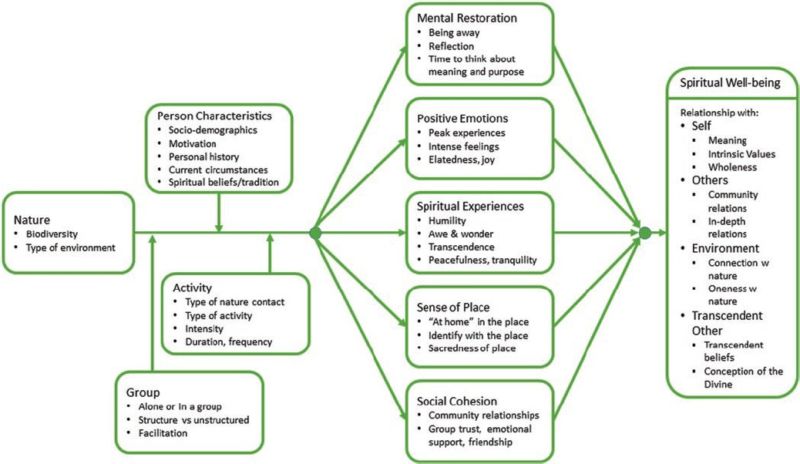

Sacred forest at Togakushi Jinja in Nagano
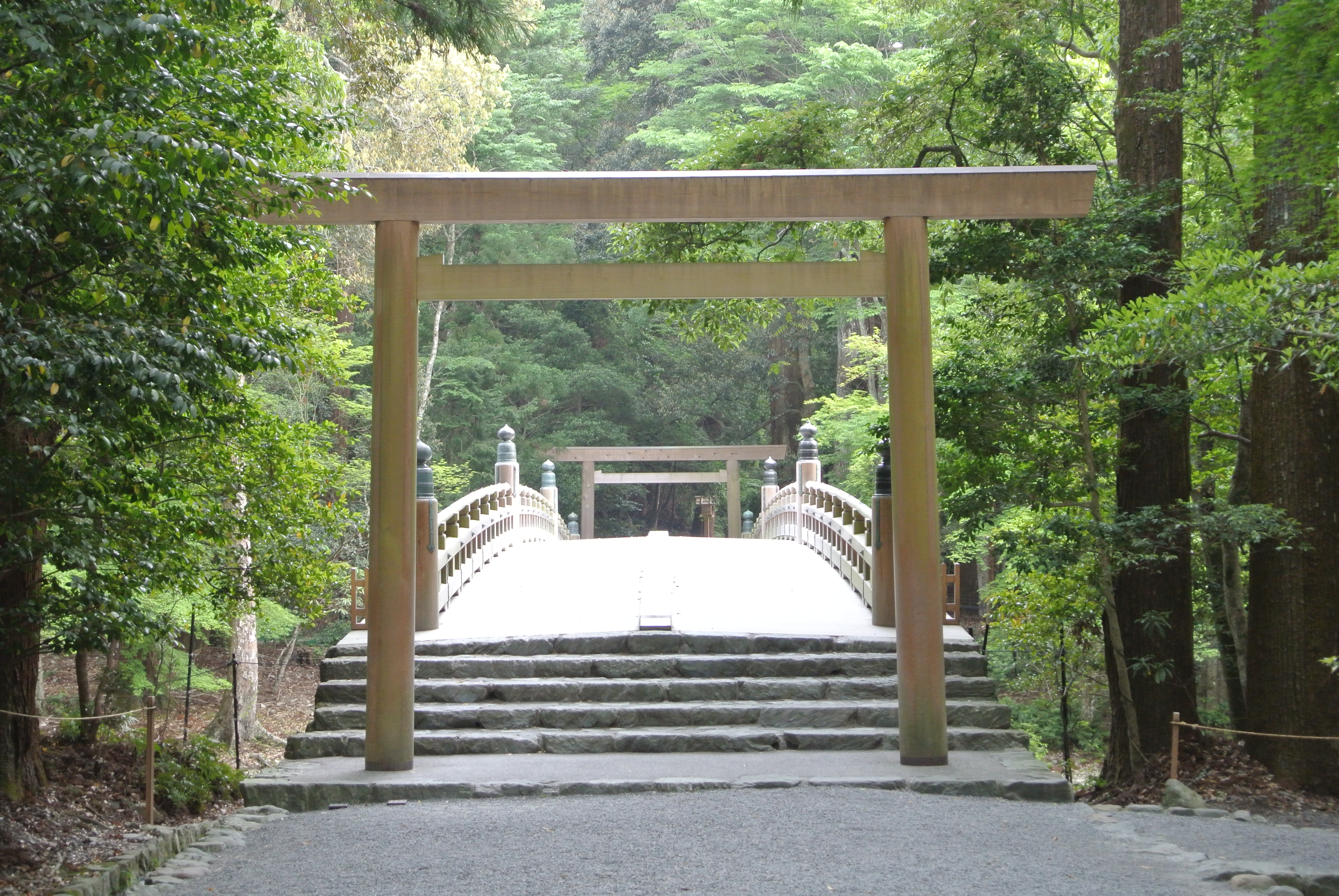
A bridge transporting the visitor into a sacred world of nature and renewal


